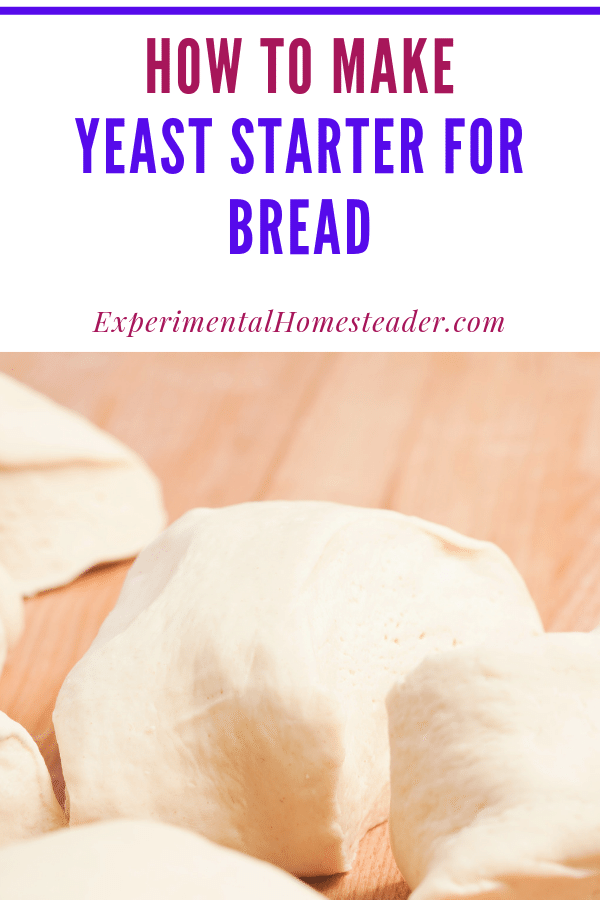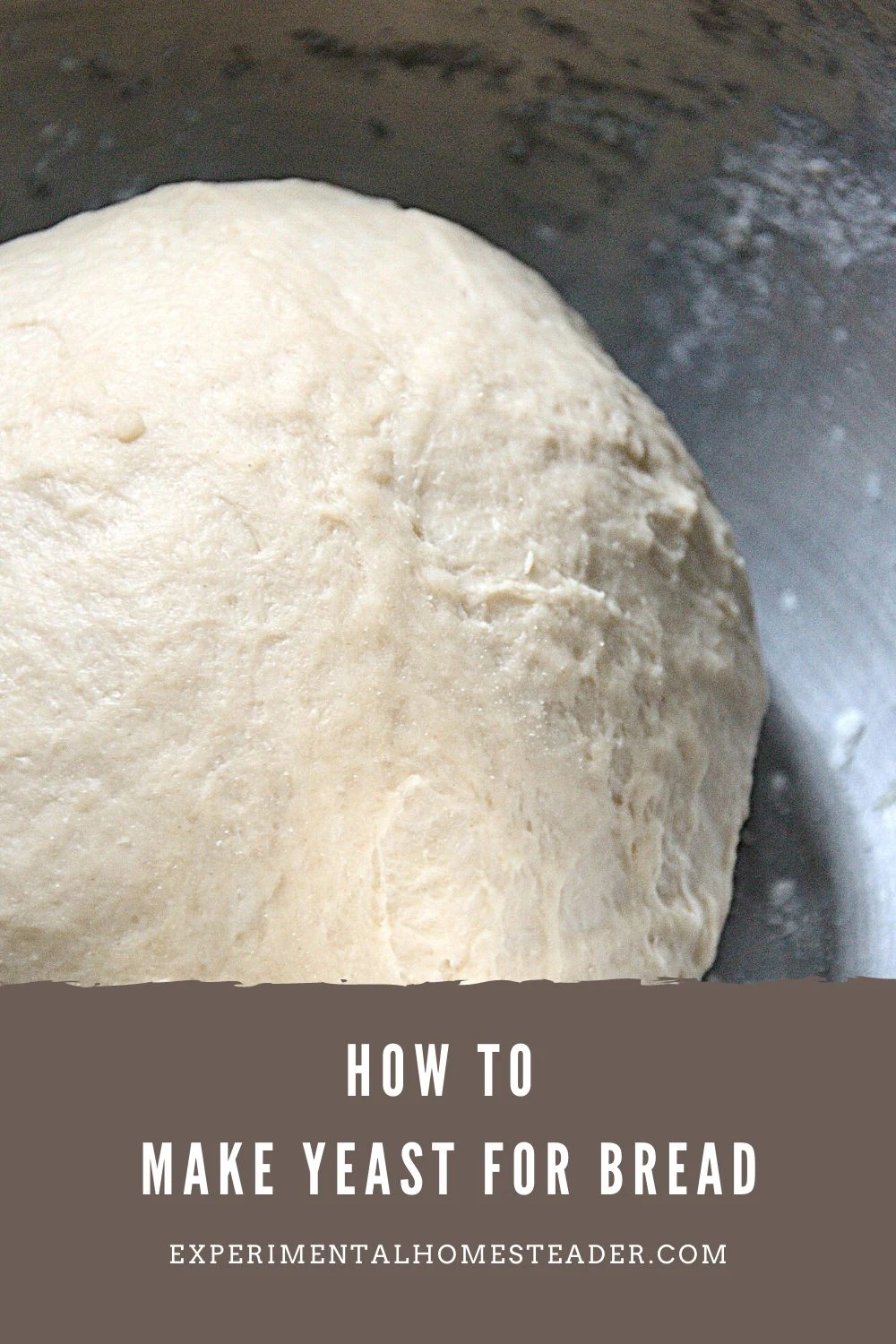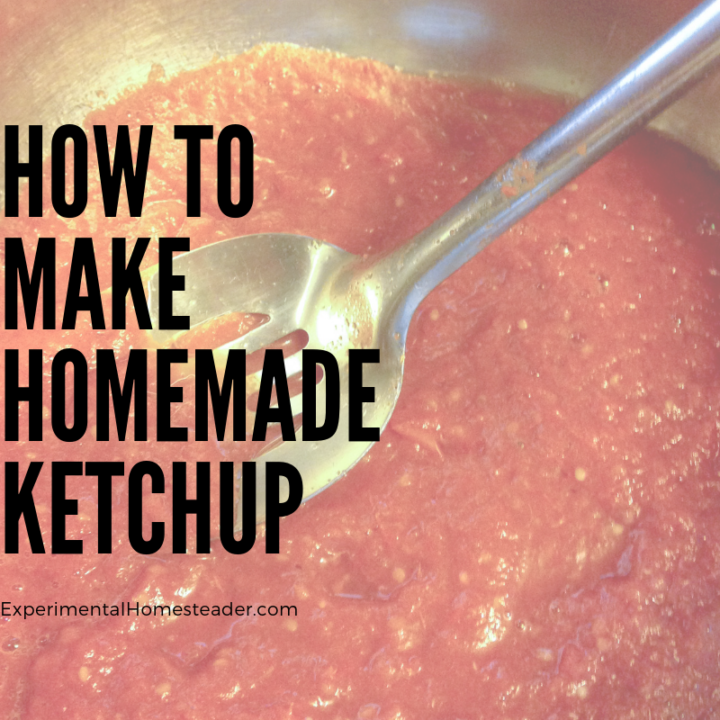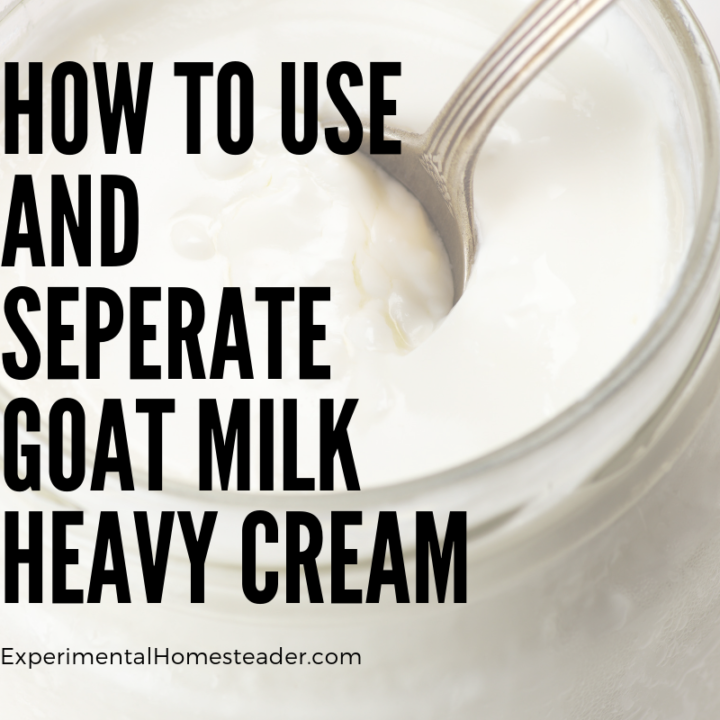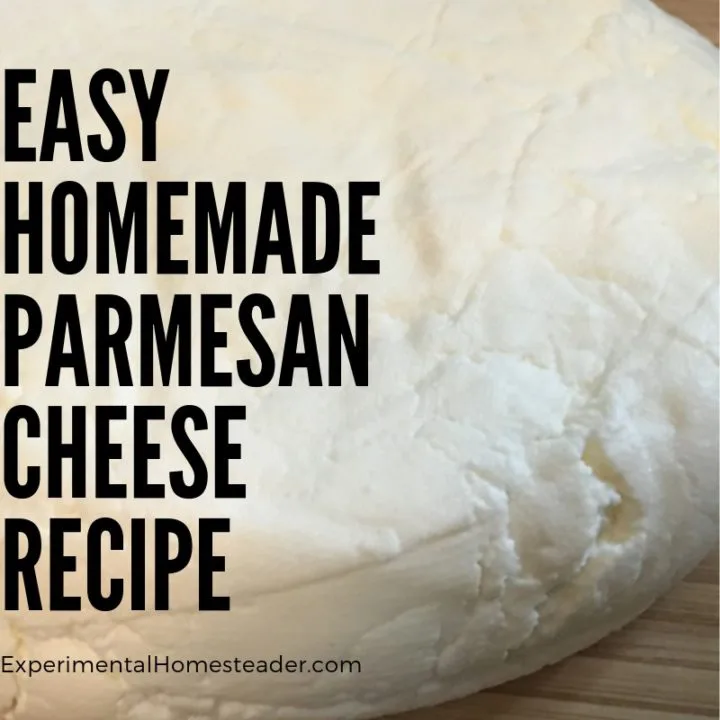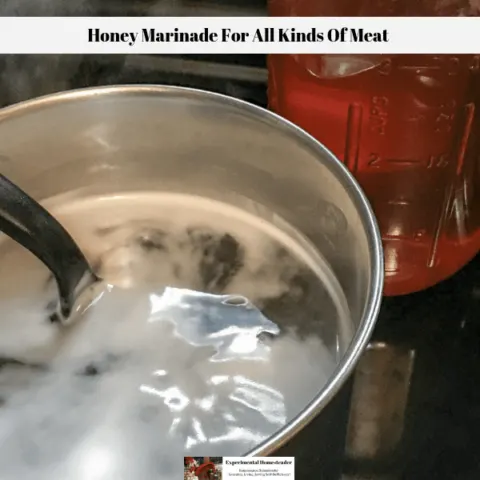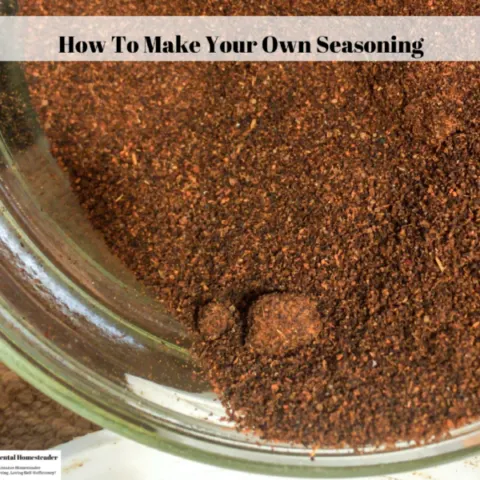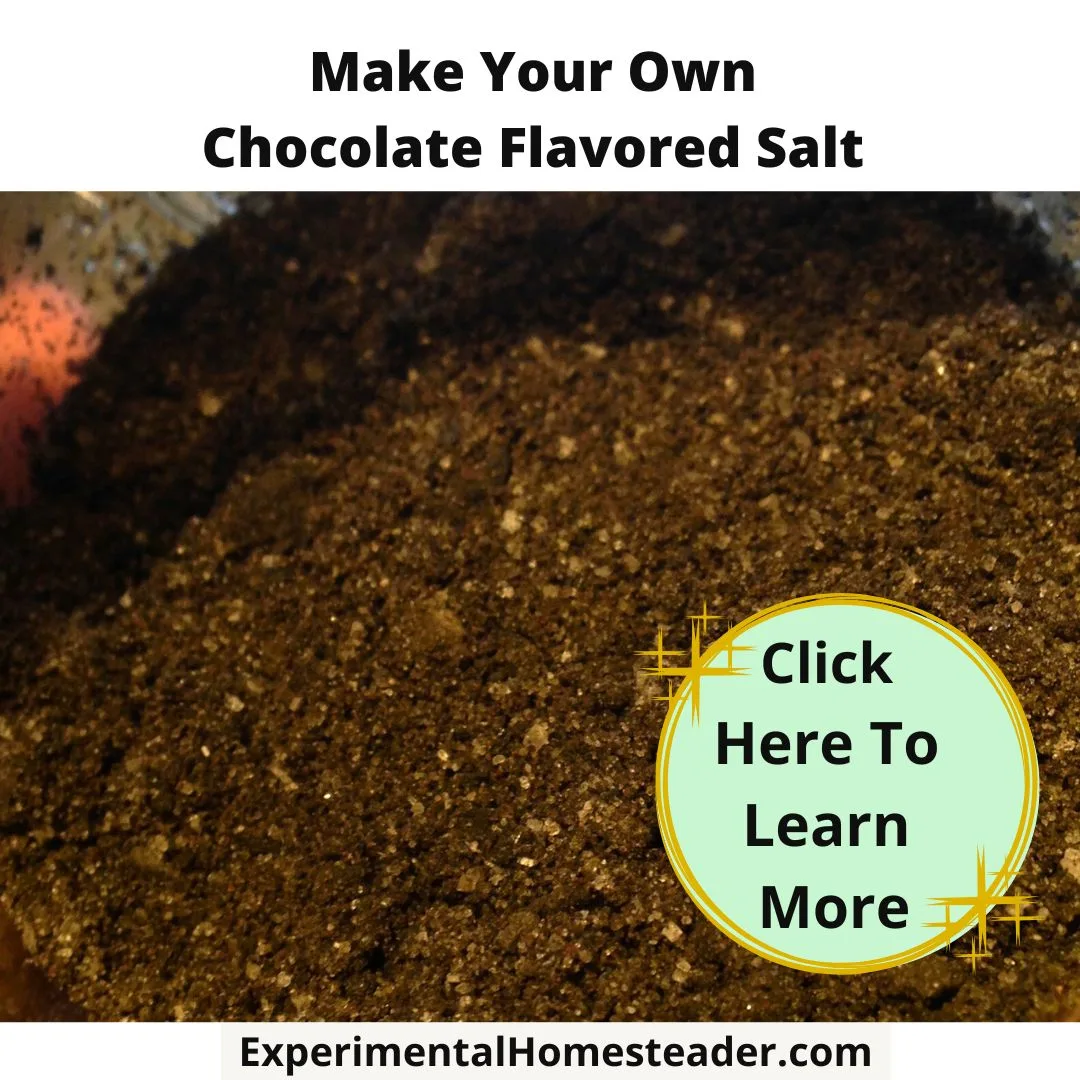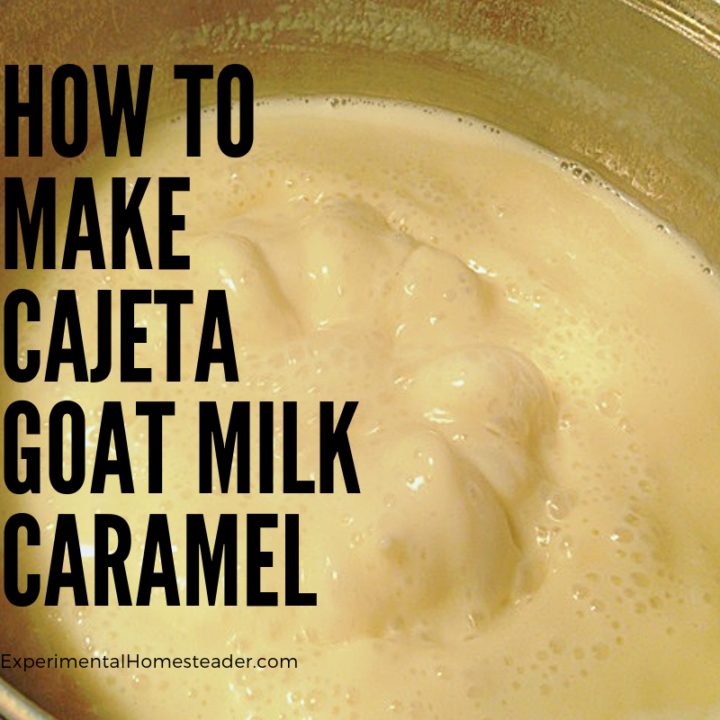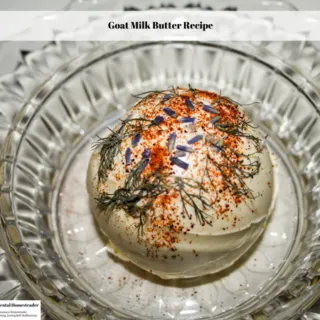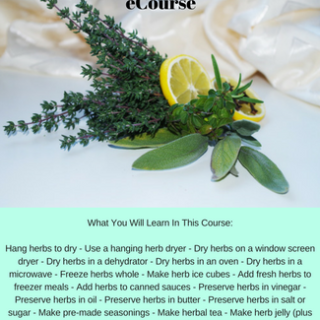Have you ever wondered how to make yeast for bread?
Did you know it is possible to make your own yeast cakes at home.
These yeast cakes can be used in place of store bought yeast.
Why You Should Learn How To Make Yeast For Bread
Making your own yeast not only saves money, but will insure you always have enough yeast on hand to keep your family in fresh baked bread.
Not to mention in an emergency situation, such as when the grid goes down due to a severe winter storm or unexpected survival situation, you can still bake fresh bread.
How To Make A Yeast Starter
Here is how to make yeast for bread at home.
Print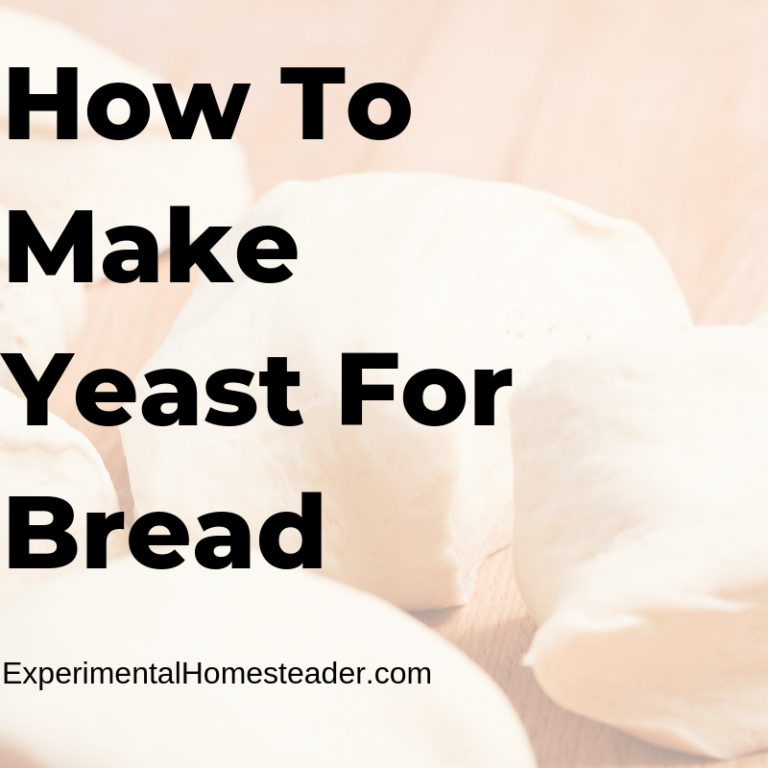
How To Make Yeast For Bread
- Total Time: 15 minutes
Instructions
- To make a yeast cake, start with a loaf of freshly risen bread dough.
- Homemade bread dough is best but you can use frozen bread dough you have allowed to rise if necessary.
- Remove a piece of the bread dough that is equal to the size of your fist.
- Put the dough into a dish.
- Add enough warm, not hot, water to produce a thin batter.
- Once you have a thin batter made, add enough flour to turn the batter into a very stiff dough.
- If you prefer, you can add in a mixture of flour, cornmeal or artisian flours such as rice or potato flour.
- The approximate amount of dry ingredients will be close to fifty percent of the wet ingredients.
- When the dough is stiff, use a rolling pin to make a flat dough that is approximately three-quarters of an inch thick.
- Immediately cut the dough into squares that are two and a half inches on all sides.
- Place the squares in a dark place where they can dry.
- Once dry, the squares can be cut in half or you can cut them as you use them.
- Each two and a half inch square will make two loaves of bread.
- Simply use the bread squares in place of regular yeast in your recipe.
- Prep Time: 15 minutes
- Category: condiments
- Method: No Bake
Why Does Yeast Make Bread Rise?
Without yeast, you can still make bread, but it will not rise.
This is because yeast metabolizes the simple sugars in bread and exudes a liquid that releases carbon dioxide and ethyl alcohol.
This chemical reaction causes the dough to rise.
The alcohol mostly evaporates during the baking process.
Without yeast, this chemical reaction does not occur thus the bread is dense instead of light and fluffy.
Homemade Condiments And Baking Supplies
How To Make Homemade Ketchup
Learn how to make homemade ketchup right in your own kitchen using tomatoes you grew in your garden. This recipe works with fresh or frozen tomatoes!
How To Make Rose Petal Jelly
Learn how to make rose petal jelly using fresh rose petals from your favorite organically grown roses. Try different roses for unique flavored jelly.
How To Use And Separate Goat Milk Heavy Cream
Learn how to use and separate goat milk heavy cream even if you do not have a cream separator. Heavy cream is used in a lot of recipes and can be frozen.
Easy Homemade Parmesan Cheese Recipe
Follow these easy step by step instructions to learn how to make this easy homemade parmesan cheese recipe right in your own kitchen!
Honey Marinade For All Kinds Of Meat
This honey marinade makes meat flavorable, juicy and tender. It is especially delicious on turkey, ham and chicken. It's quick and easy to make too!
How To Make Homemade Honey
Learn how to make homemade honey right in your own kitchen using a mixture of water, sugar, red clover, white clover and fireweed!
How To Make Your Own Seasoning Blends
Have you ever wondered how to make your own seasoning blends? Learn how easy it is to make your own seasoning using dried herbs and spices.
Make Your Own Chocolate Flavored Salt
Yes, you can make your own chocolate flavored salt at home with just four ingredients. This is a great way to add sparkle or salt to desserts!
How To Make Cajeta Goat Milk Caramel
Learn how easy it is to make cajeta goat milk caramel from fresh goat milk. Plus learn how to preserve it for winter use by canning it.
Goat Milk Butter Recipe
Making butter from goats milk is super easy and all you need is a kitchen blender! This goat milk butter recipe only takes a few minutes to make!
Dressing Up Butter
Dress up the butter in your butter dish with edible flowers, herbs and spices to give it a fancy look for special meals.
Preserving Herbs For Winter Use eCourse
Do you love fresh herbs but wonder if there is an easy way to preserve them for the winter?
Do you seek other ways to use herbs other than just as a seasoning on food?
There are so many ways to preserve herbs for winter use – from various methods of drying them to freezing them, but it doesn’t end there.
Some of the best ways to preserve herbs in right in the foods you would normally incorporate herbs into – pre-made seasonings, teas, butter or oil.
Then this is the course for you!
What You Will Learn In This Course:
Hang herbs to dry
Use a hanging herb dryer
Dry herbs on a window screen dryer
Dry herbs in a dehydrator
Dry herbs in an oven
Dry herbs in a microwave
Freeze herbs whole
Make herb ice cubes
Add fresh herbs to freezer meals
Add herbs to canned sauces
Preserve herbs in vinegar
Preserve herbs in oil
Preserve herbs in butter
Preserve herbs in salt or sugar
Make pre-made seasonings
Make herbal tea
Make herb jelly (plus tips on how to use these)


